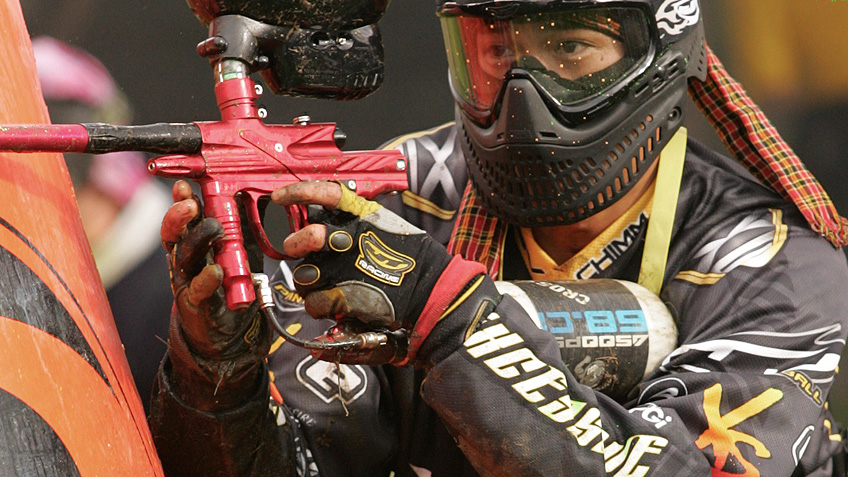The term “Big Daddy” has taken on various meanings in popular culture, from endearing father figures to complex representations in media and literature. This article explores the different dimensions of “Big Daddy,” tracing its roots and examining its impact on society.
Historical Context
The phrase “Big Daddy” can be traced back to various cultural touchpoints, most notably in the context of family dynamics. In many communities, “Big Daddy” refers to a patriarchal figure—often the father or grandfather—who embodies strength, authority, and protection. This archetype has evolved over time, reflecting changes in societal values, familial roles, and expectations.
In literature, one of the most notable examples of “Big Daddy” can be found in Tennessee Williams’ play “Cat on a Hot Tin Roof.” In this work, Big Daddy Pollitt is a wealthy plantation owner whose relationships with his family are fraught with tension and unresolved issues. Williams uses the character to explore themes of denial, greed, and the fragility of human relationships. Here, “Big Daddy” becomes a complex symbol of authority that is both revered and resented, illustrating the duality of familial roles.
Big Daddy in Popular Culture
The character of “Big Daddy” has permeated various forms of media, from film and television to music. In the realm of cinema, characters like Big Daddy in “Kick-Ass” bring a different flavor to the archetype. Played by Nicolas Cage, Big Daddy is a vigilante with a tragic backstory, merging the ideals of a father figure with a darker, more violent persona. This juxtaposition complicates the traditional image of a protective father, showing that even those who seek to protect can be deeply flawed.
Television has also embraced the concept of “Big Daddy.” In shows like “The Simpsons,” the character of Mr. Burns can be seen as a satirical take on the wealthy patriarch. His relationship with his employees, especially Smithers, reveals the complexities of power dynamics in modern society. Mr. Burns, while not a father in the traditional sense, embodies the traits of a “Big Daddy” figure—wealthy, authoritative, and often disconnected from the reality of those around him.
Big Daddy in Music
In the realm of music, “Big Daddy” has found its way into various genres. The term often evokes a sense of swagger and confidence, particularly in hip-hop. Artists may adopt the persona of “Big Daddy” to assert their dominance in the industry, drawing on the archetype’s connotations of strength and influence. For instance, Big Daddy Kane, a legendary figure in rap, used the name to craft an image of authority and charisma, becoming a role model for aspiring artists.
Moreover, the musical representation of “Big Daddy” often explores themes of love, loss, and social justice. The character can serve as a metaphor for resilience and the struggle for power within a challenging environment. This multifaceted interpretation adds depth to the term, making it relevant across different cultural contexts.
The Duality of “Big Daddy”
The significance of “Big Daddy” lies in its dual nature. On one hand, it represents strength, guidance, and protection, often symbolizing an idealized vision of fatherhood. On the other hand, it also embodies the complexities and challenges that come with authority. The portrayal of “Big Daddy” in various media allows audiences to grapple with the realities of familial relationships and societal expectations.
This duality is particularly evident in modern portrayals, where characters often oscillate between heroism and villainy. This complexity challenges the audience to reconsider their perceptions of authority and the roles that figures like “Big Daddy” play in their lives.
Contemporary Relevance
In today’s society, the concept of “Big Daddy” remains relevant as we continue to navigate issues of power, gender roles, and familial structures. The archetype challenges traditional notions of masculinity and authority, prompting discussions about emotional vulnerability and the evolving nature of fatherhood.
As more men embrace the idea of being nurturing and emotionally available, the old image of “Big Daddy” as solely a stern figure is increasingly being redefined. New representations in media showcase fathers who are more in touch with their emotions, breaking away from the traditional mold of stoicism and control.
Furthermore, in a world that often grapples with issues of inequality and social justice, the figure of “Big Daddy” can serve as a focal point for discussions about privilege, responsibility, and the impact of one’s actions on others. By critically engaging with the concept, we can explore what it means to wield power responsibly, whether in the context of family, community, or broader society.
Conclusion
“Big Daddy” serves as a rich cultural symbol that encapsulates a wide range of emotions and complexities. From literature to film and music, https://www.bigdaddyindian.in the archetype continues to evolve, reflecting the shifting dynamics of familial relationships and societal expectations. As we navigate the modern landscape, engaging with the figure of “Big Daddy” allows us to explore the intersections of authority, vulnerability, and the ongoing redefinition of masculinity in our lives. Whether as a source of strength or a subject of critique, “Big Daddy” remains an enduring figure, encouraging us to reflect on the nature of power and its implications in our everyday lives.



